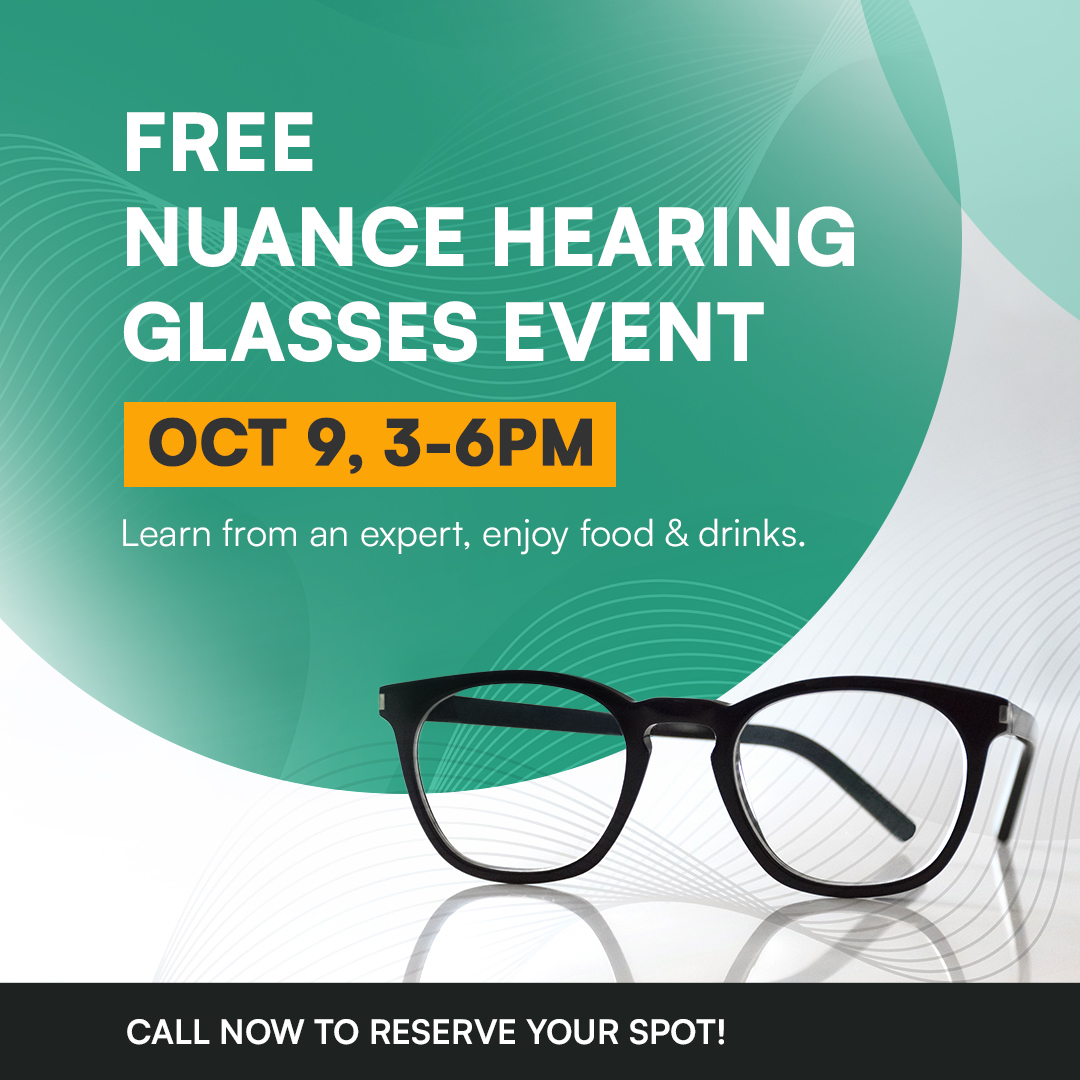What Is Dry Eye?
Dry Eye is a common disease affecting vision quality and eye comfort. Symptoms of Dry Eye can vary widely from patient to patient. People with Dry Eye may experience one or more of the following symptoms:
Dry, gritty, or itchy sensation
Stinging
Irritation
Light sensitivity
Visual fluctuation
Watery eyes
At our clinic, we use a number of different technologies to determine whether you may be experiencing Dry Eye and to better understand your symptoms. Dry Eye is a serious condition that can dramatically affect your vision and your eye health.
Craig JP, Nichols KK, Akpek EK, et al. TFOS DEWS II Definition and Classification Report. Ocul Surf. 2017;15(3):276-283. doi:10.1016/j.jtos.2017.05.008


What causes Dry Eye?
Dry eye can be influenced by a number of factors related to environment and health that determine tear quality.
Tears have 3 layers:
a mucus layer,
an aqueous (watery) layer, and
a lipid (oily) layer.
If there’s an imbalance in these layers, your vision and comfort of your eyes may be affected. For example, if not enough lipid layer is being produced, tears may evaporate too quickly and cause symptoms ranging from discomfort to extra tear production and poor quality of vision.
Poor tear quality is often caused by Meibomian Gland Dysfunction (MGD), a condition that impacts the production of oils in your tears. The most common form of MGD is obstruction of the oil-producing glands in the eyelids. At Merrick Avenue Optometry we will test your tear quality to determine whether MGD is contributing to or causing your dry eye symptoms and create a customized treatment plan to address it.
Craig JP, Nichols KK, Akpek EK, et al. TFOS DEWS II Definition and Classification Report. Ocul Surf. 2017;15(3):276-283. doi:10.1016/j.jtos.2017.05.008
LEARN MORE ABOUT OUR DRY EYE TREATMENTS BELOW:
TearCare® is an innovative Dry Eye procedure that targets the blocked meibomian glands in your eyelids that produce oils to keep your tears healthy. When these glands become blocked or have reduced function, your tears may evaporate more quickly. Unblocking these glands with The TearCare® System can help restore their function and stabilize the tear film. This may improve the quality of tears and reduce symptoms like dryness, gritty or scratchy sensations, blurry vision, and watery eyes.
Learn More
The most exciting in-office treatment for dry eye, demodex, blepharitis, and inflammation is the ZocuKit. Most patients who are seen benefit from the low-cost treatment right away.
Learn More

Punctal Plugs are painless tiny devices that are placed inside the small opening in our eyelids (punctas) to keep our natural tears from leaving the eye too quickly. As a result, patient’s eyes feel moist and less dry without needing to use eye drops. There are different types of punctal plugs: collagen dissolvable ones are most commonly used
Please call our number 516-200-0241 and schedule an appointment if you would like to learn more about plugs as treatment for Dry Eye Disease.

Amniotic membranes are newly engineered treatment options for severe cases of Dry Eye Disease. These are special membranes obtained from stem cell tissues that provide the cornea (front surface of the eye) with healing and regenerative properties. It is applied in-office by an eye doctor; the membrane comes in either a ring or as a separate circular dry piece applied along with a bandage contact lens onto the eye. The membrane completely covers the cornea and over time it is slowly absorbed by the corneal tissue and the regenerative stem cells begin to repair the damaged ocular surface. This is especially beneficial to patients with severe Dry Eye Disease where other types of treatments have failed. The therapeutic benefits from amniotic membrane can last a very long time.
Please call our number 516-200-0241 and schedule an appointment if you would like to learn more about amniotic membrane as a treatment for Dry Eye Disease.

Scleral lenses are large diameter gas permeable contact lenses that vault over the cornea (the clear part of the eye) and rest over the sclera (the white part of the eye). They are usually used to correct vision problems caused by Keratoconus, very high levels of myopia (nearsightedness) and irregular corneas. But they can also be extremely useful in moderate-severe cases of dry eyes. With scleral lenses, the cornea is constantly lubricated in saline solution which as a result moistens and heals ocular damage caused by moderate to severe dry eye.
Adding omega-3 fatty acids to your diet may help relieve dry eye signs and symptoms. These are in foods such as flaxseed, salmon, sardines. There are also fish oil supplements which provide relief. But not all supplements are the same; the ones with the most purity and less junk in them will be the most beneficial. Please contact our office at 516-200-0241 to schedule an appointment and learn more about the best eye supplements for your Dry Eye Disease.










